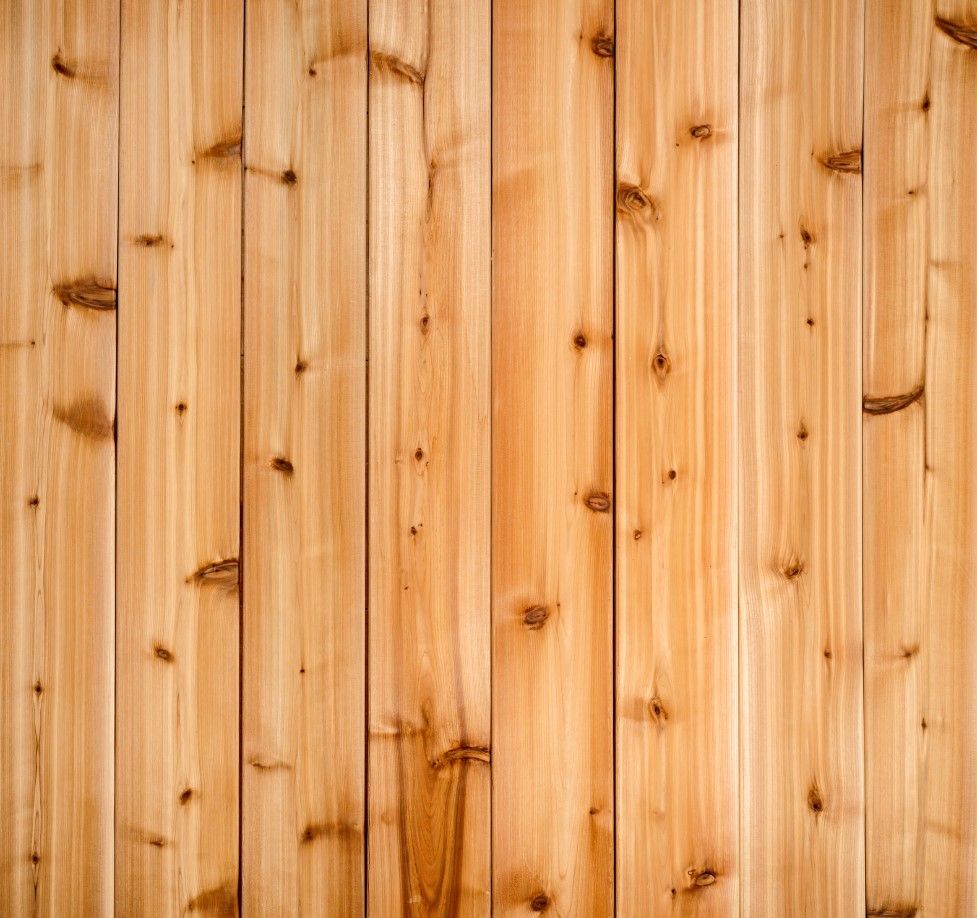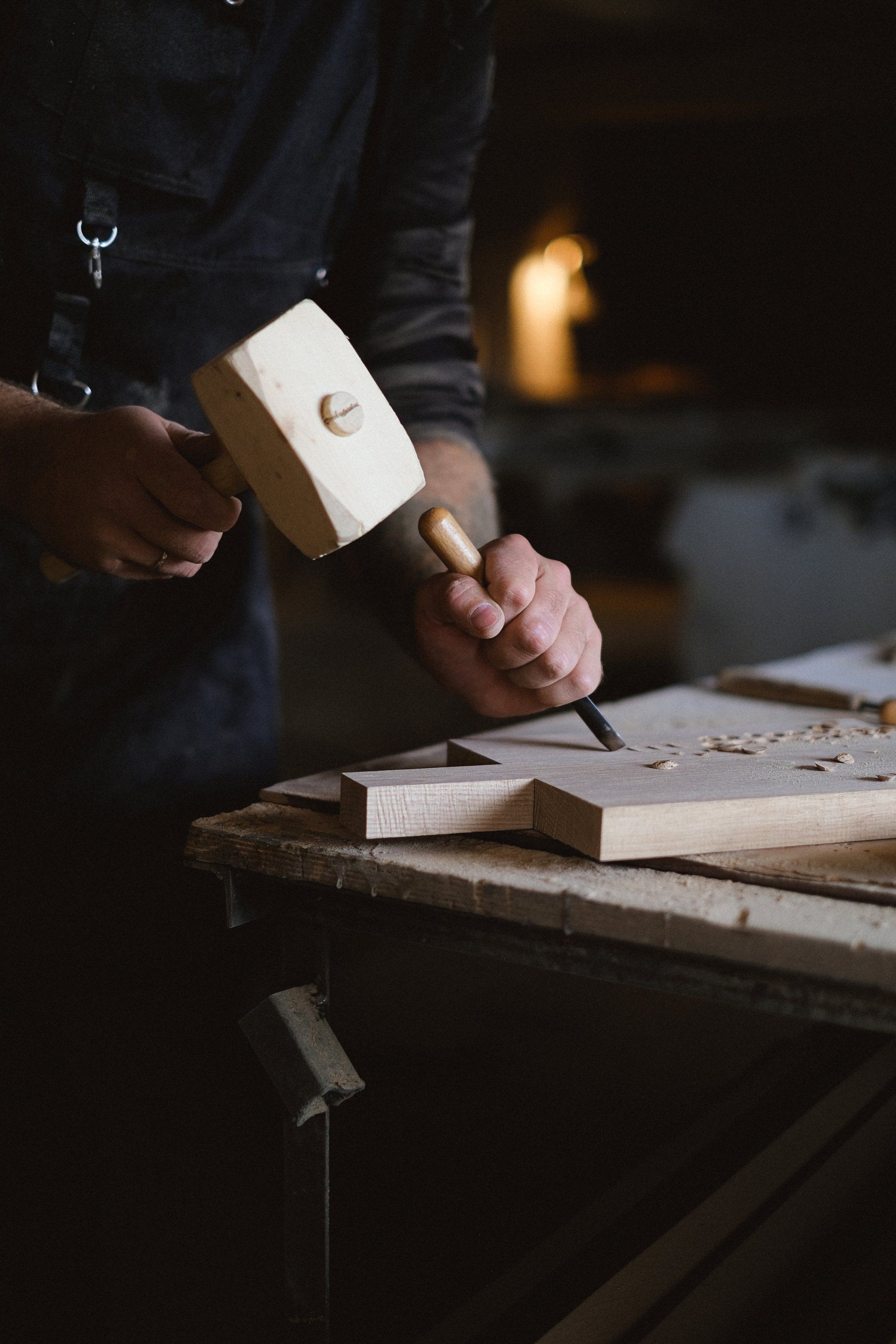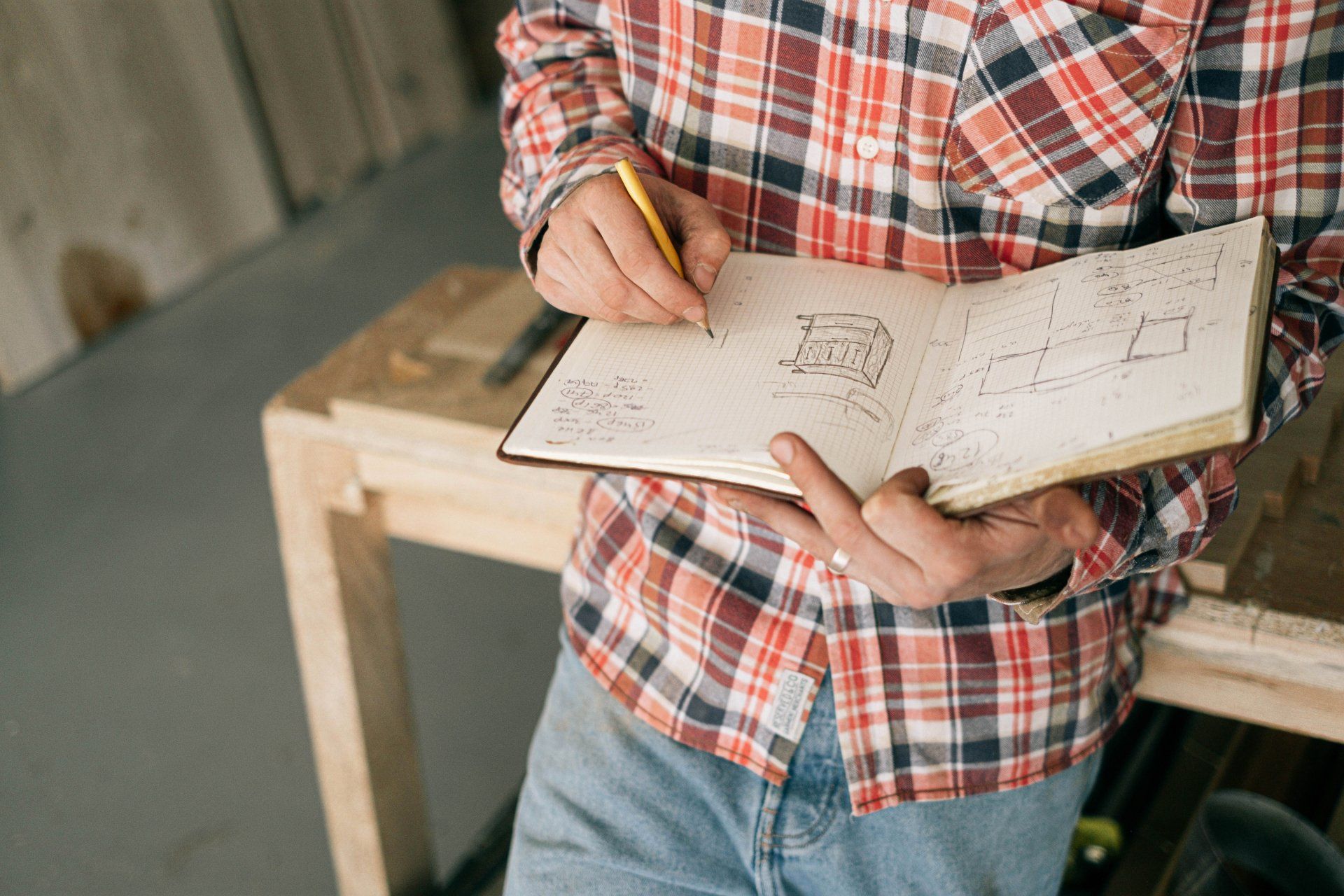Toronto Carpenters
Welcome to Toronto Carpenters, Toronto's premier carpentry business. With over 20 years of experience and a team of skilled craftsmen, we are dedicated to providing the highest quality custom woodworking, cabinetry, and furniture restoration services to our clients. Trust us to bring your vision to life with expert craftsmanship, attention to detail, and exceptional customer service. Choose Toronto Carpenters and experience the difference of working with Toronto's number one carpentry business.
When it comes to carpentry, choosing the right type of wood is crucial for the success and longevity of your projects. Each wood species possesses unique characteristics, including grain patterns, durability, and workability. In this guide, we'll delve into the world of carpentry woods, exploring various types and their ideal applications. Whether you're a beginner or a seasoned woodworker, understanding the properties of different woods will enable you to make informed decisions and create stunning pieces that stand the test of time.
Table of Contents:
Understanding Wood: An Overview
Softwood vs. Hardwood: Which is Right for You?
Popular Softwood Options for Carpentry
3.1 Pine
3.2 Cedar
3.3 Fir
Common Hardwoods for Carpentry
4.1 Oak
4.2 Maple
4.3 Walnut
Exotic Woods: Adding a Touch of Uniqueness
5.1 Mahogany
5.2 Teak
5.3 Ebony
Factors to Consider When Choosing Wood
6.1 Durability and Strength
6.2 Workability
6.3 Appearance and Grain Patterns
6.4 Cost
Understanding Wood: An Overview
Wood is a natural material derived from trees, and it has been a staple in construction and carpentry for centuries. It is known for its versatility, aesthetics, and durability. However, not all woods are created equal, and understanding their characteristics is essential for successful carpentry projects.
Softwood vs. Hardwood: Which is Right for You?
Wood can be broadly categorized into two types: softwood and hardwood. Softwood comes from coniferous trees, while hardwood is sourced from deciduous trees. Contrary to the names, the classification is not solely based on hardness. Softwoods, such as pine and cedar, are generally easier to work with and more affordable. Hardwoods, like oak and walnut, tend to be denser, offering greater strength and durability.
Popular Softwood Options for Carpentry
3.1 Pine:
Pine is a widely available softwood that is commonly used in carpentry projects. It's known for its light color and straight grain, making it versatile for both indoor and outdoor applications. Pine is relatively easy to work with, making it ideal for beginners. However, it may be susceptible to dents and scratches due to its softer nature.
3.2 Cedar:
Cedar is a popular choice for outdoor projects due to its natural resistance to insects and decay. It has a distinct aroma and beautiful reddish-brown color. Cedar is known for its stability and durability, making it suitable for fences, decks, and outdoor furniture.
3.3 Fir:
Fir is another softwood commonly used in carpentry. It has a pale yellow color and a straight, even grain. Fir is valued for its strength and workability, making it suitable for framing, flooring, and furniture construction.
Common Hardwoods for Carpentry
4.1 Oak:
Oak is a hardwood with a reputation for its strength and durability. It comes in two main varieties: red oak and white oak. Oak has a distinctive grain pattern and is commonly used in furniture making, cabinetry, and flooring.
4.2 Maple:
Maple is a hardwood known for its light color and fine grain. It is highly durable and can withstand heavy use, making it a popular choice for kitchen cabinets, cutting boards, and workbenches. Maple is also widely used in musical instrument construction.
4.3 Walnut:
Walnut is a dark hardwood known for its rich, chocolate-brown color and beautiful grain patterns. It is highly prized for its aesthetics and is often used in high-end furniture, cabinets, and decorative accents.
Exotic Woods: Adding a Touch of Uniqueness
5.1 Mahogany:
Mahogany is an exotic hardwood that is highly regarded for its deep reddish-brown color and smooth finish. It is known for its durability, resistance to swelling, and workability. Mahogany is commonly used in fine furniture, cabinetry, and musical instruments.
5.2 Teak:
Teak is a tropical hardwood renowned for its exceptional durability and natural resistance to rot and decay. It has a rich golden color and is often used in outdoor furniture, boat building, and decking.
5.3 Ebony:
Ebony is a dense, dark hardwood with a striking black color. It is highly valued for its beauty and is used in high-end furniture, musical instruments, and decorative accents. Ebony is known for its hardness and ability to take a fine polish.
Factors to Consider When Choosing Wood
6.1 Durability and Strength:
Consider the intended use of the wood and select a species that offers the necessary strength and durability for the project. Some woods are more resistant to moisture, insects, and decay, making them suitable for outdoor applications.
6.2 Workability:
The ease of working with a particular wood species is an important factor, especially for beginners. Some woods are softer and easier to cut, shape, and join, while others may require more specialized tools and techniques.
6.3 Appearance and Grain Patterns:
The aesthetics of the wood should align with your project's desired look. Different species exhibit unique grain patterns, colors, and textures, allowing you to achieve various visual effects.
6.4 Cost:
Wood prices vary depending on availability, demand, and rarity. Consider your budget and the quantity of wood required for your project when choosing the appropriate species.
Proper Wood Preparation and Maintenance
To ensure the longevity of your carpentry projects, proper wood preparation and maintenance are crucial. This includes appropriate sanding, sealing, and finishing techniques. Regular cleaning and periodic resealing or refinishing will help protect the wood from wear and tear.
Choosing the right type of wood for your carpentry projects is a decision that impacts both the aesthetics and functionality of your creations. By understanding the characteristics of different wood species, their applications, and the factors to consider when choosing wood, you can embark on your carpentry journey with confidence. So go ahead, explore the vast array of woods available, and create beautiful, enduring pieces that showcase your craftsmanship.



